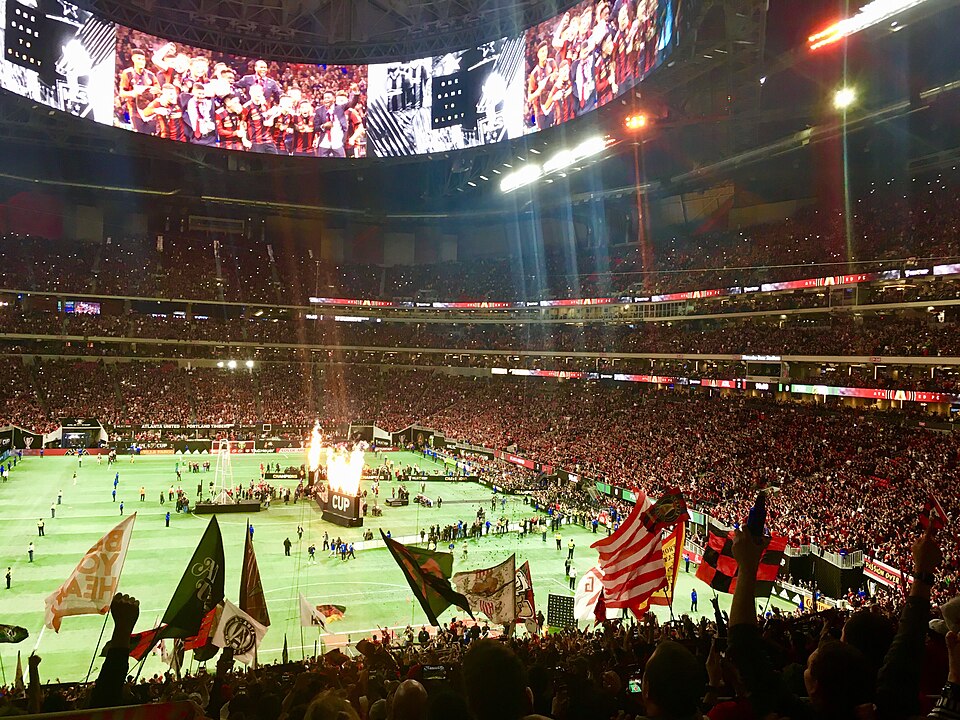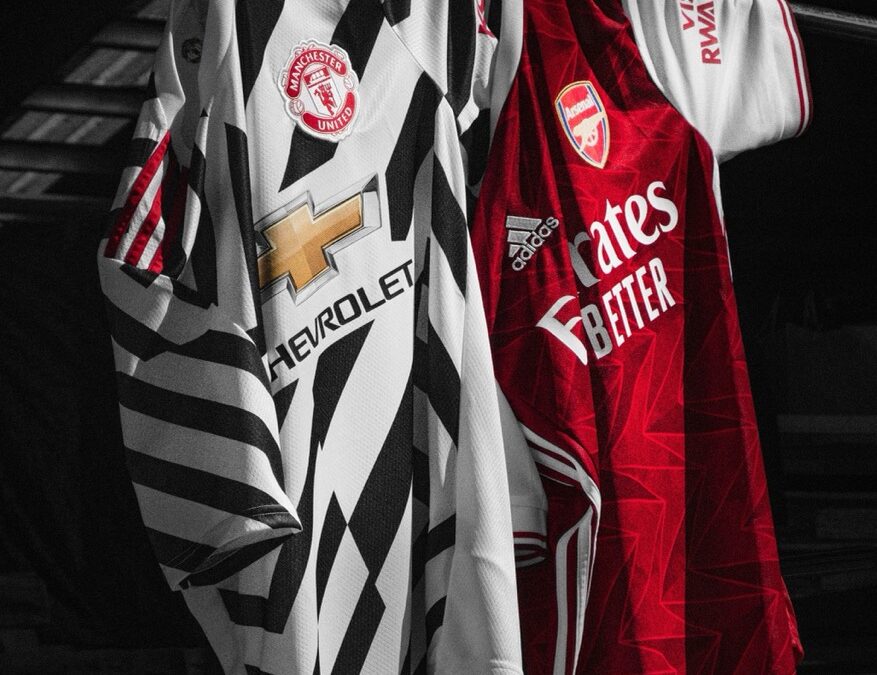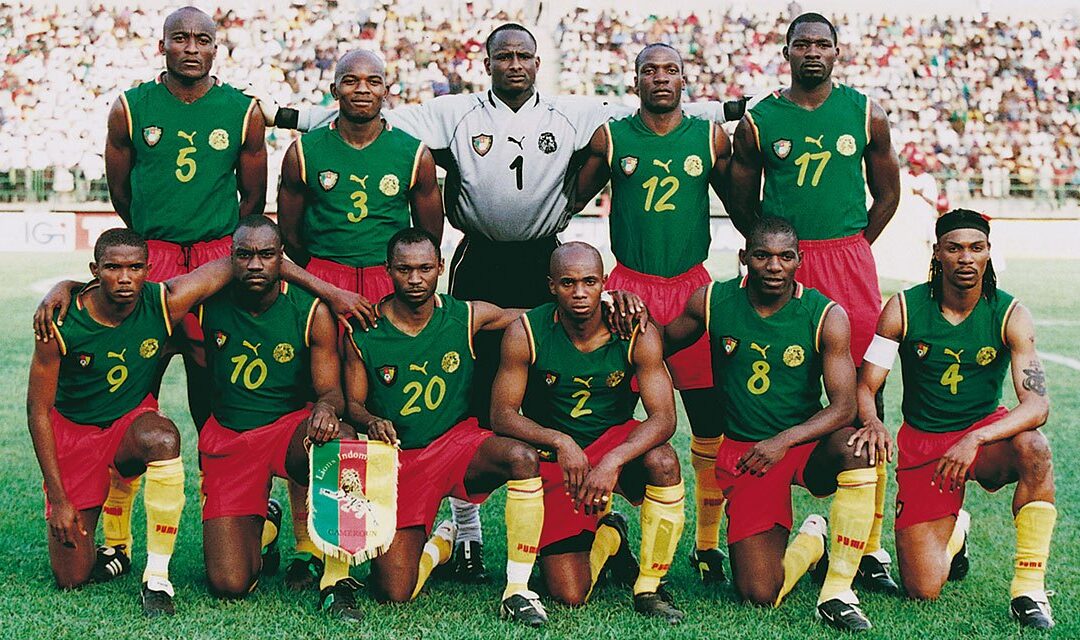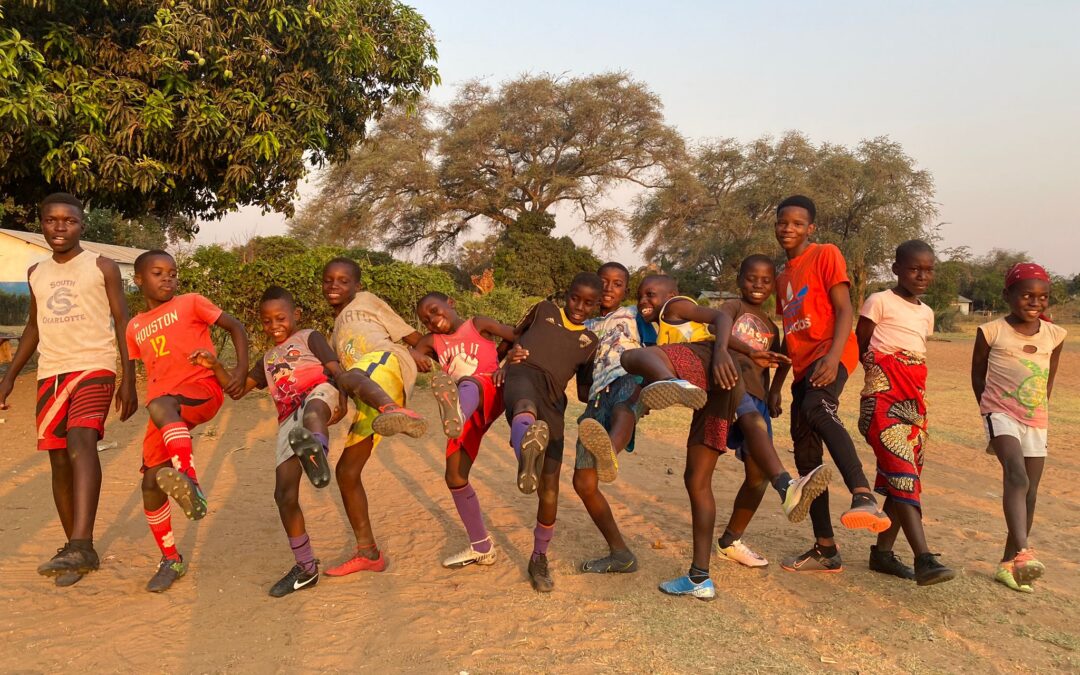Even if you don’t know what it is, you’ve probably seen ‘blokecore’ on the streets, on Pinterest and on Instagram recently. But why? Ollie Mitchell investigates.
The trend of fashion influencers – no matter the gender – incorporating football – or football-inspired – items into ‘cool’ outfits has skyrocketed into the mainstream across the past year or so, marking a distinct change in how football is seen as an influence on fashion.
Honestly, it’s a large part of the reason this website exists in the first place.
Adidas Sambas and Gazelles are all over the place now, and that’s just one small part of the ‘blokecore’ trend that’s making teens in LA dress like blokes in a pub in Newcastle. Or Basingstoke. Or Colchester.
Football shirts, scarves and bucket hats have also started to make their way away from the terraces and into the streets of New York, Paris and more – but why on Earth is this happening?
I spoke to Kerry Sands, a fashion student at the University of East London, who explained where it seemed to have come from.
She said: “We spend so much of our time analysing trends, predicting trends and trying to understand the point of them. For example, we predicted that burgundy would have a big year in 2024, and that ended up being the case.
“However, we didn’t really see ‘blokecore’ coming. I think what’s interesting about it is that it started soon after [Lionel] Messi went to America, and it seemed to start from there because celebrities went to watch him play, and wore the shirt.”
Indeed, a huge number of celebrities have been seen at games – from Prince Harry to Kim Kardashian, to Liam Gallagher.
But one name that’s been seen at the DRV-PNK Stadium really seems to tipify the impact that Lionel Messi has had on the eventual rise of blokecore. LeBron James.
Steve Prestwick, an English sports fan living in Atlanta, said: “Sport is seen so differently over here compared to in the UK.
“Sports in the States are seen as glamorous and cool. If you play in your high school team, you’re super cool. In Harrogate, where I’m from, nobody cares.
“Football is a game for the working class, it’s imperfect. Fans are often up for a fight in UK stadiums. Here, it’s the opposite.”
Basketball has been a sport seen as ‘cool’ for a long time, and the fashion collaboration between Nike and Michael Jordan helped basketball dip into fashion.
Steve continued: “Football is fairly big here now. It’s got a way to go, but now that it’s out there, and it’s got the pull of some superstars in the American league, it’s different.
“You mentioned LeBron James. He’s seen as cool. Wayne Rooney? Steven Gerrard? They aren’t. That’s the difference in perception between the sports.
“Here, it’s always been seen as pretty middle-class, kind of a girls’ sport, but now that it’s more mainstream, the American sporting culture has finally got a proper grip on it.”

The American-ified football has connotations of glitz and glamour where British football doesn’t – yet.
PSG have looked to the Jordan brand in an attempt to go towards the fashion side of things, and now that more teams are going down that route, it’s clear that football as a whole is becoming more like basketball in terms of its image.
That’s how it made its way into fashion on the street.
Kerry added: “It was always going to come from the States, I think, because of how football is seen in England, but I also think the success of the women’s team helped it be seen as more of a gender-neutral thing.”
And that’s probably true. I’ve certainly seen more women and girls wearing football shirts since the Lionesses won the Euros in 2022, and it’s probably not a stretch to suggest that’s helped break down barriers, and allowed people of all genders to embrace some football influence on their wardrobe.
However, it certainly seems that the ‘boom’ of soccer is the main culprit.
You can go put your Sambas on now.



